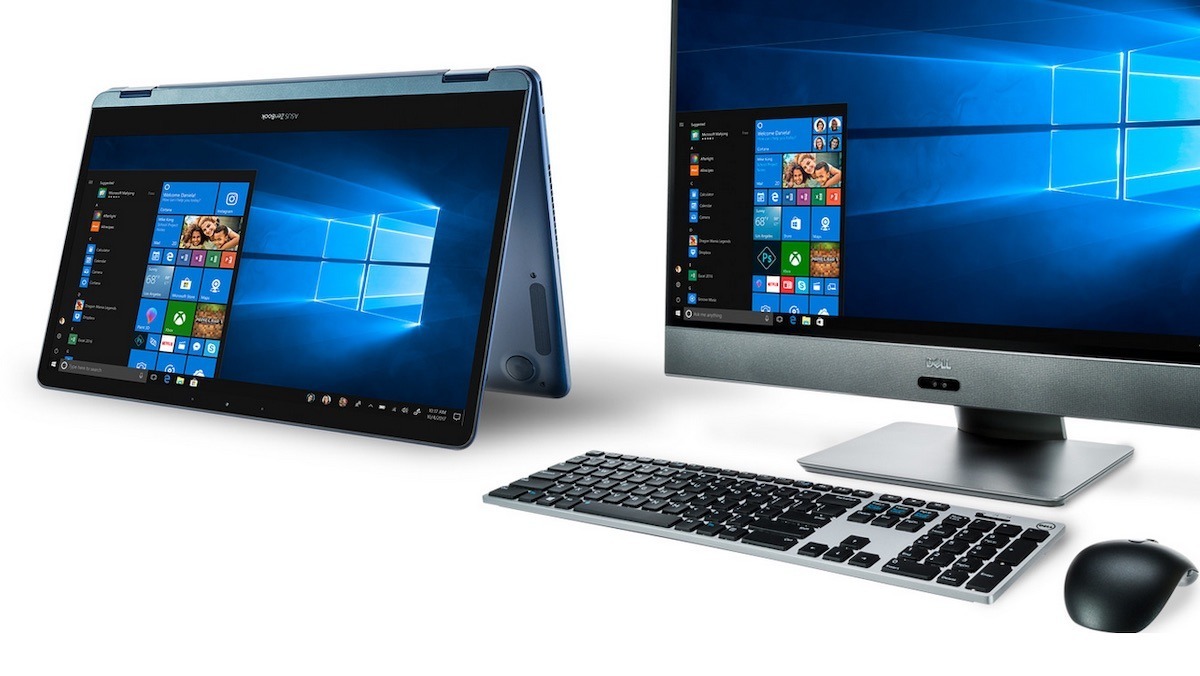


In this guide we'll show you how to migrate data from another Mac, by connecting the two via a network cable. In OS X 10.9, 10.8 and 10.7, Click on the Featured tab and look for 'OS X El Capitan' a little way down under Quick Links on the right. Then, once you've made sure there's a recent backup in place, go to the Apple menu, then open the App Store to get and install El Capitan. Once all applicable updates have been downloaded and installed, you may need to restart your Mac. To save some time, you can opt to install only the Mac OS X Update Combined. Once updates have been identified, choose Show Details to see which ones are available. In 10.6 Snow Leopard, go to the Apple menu, select Software Update and wait while it checks for new software. Note that the update process will be different depending on whether you're updating from 10.9, 10.8, 10.7 or 10.6. You'll also need to ensure that the most recent OS X updates are installed so that you can access the App Store, because this is the only way to get an El Capitan upgrade. If the latest backup is older than today, run a new one if your settings get wiped when upgrading, you'll then be able to restore them from this backup. Click the Time Machine status icon in the menu bar and choose Open Time Machine Preferences. If your Mac is set up to make regular backups, then all you need to do is check when the last successful one ran. Check out our tutorial on how to set up and configure a Time Machine backup for more information. However, because theory and practice sometimes differ, it's a good idea to ensure that you have an up-to-date Time Machine backup on an external drive or removable disk before you start. In theory, all your settings and data will be preserved when you migrate.

You'll also need an Apple ID to download the upgrade from the Mac App Store. In terms of software, you'll need to be running at least OS X 10.6 Snow Leopard – if you're still running OS X 10.5 Leopard, then you'll first have to buy an upgrade to 10.6 and install it before you can move to El Capitan (which itself is free). I'm using a "US" keyboard on both Yosemite and Sierra.You can upgrade to OS X El Capitan on Macs from as far back as 2007. How can I force Sierra to forward them as-sis to the Microsoft Remote Desktop session? Secondary-Click will paste the clipboard.On "Sierra", this the resulting behaviour With "Yosemite", both will get you the Windows "right mouse button" behaviour (firing up the context menu). On the Sierra machine, somehow these are note forwarded correctly: I've done a Migration Assistant move of my apps/data/settings from a Yosemite machine to a Sierra machine.Īfter that I verified that all my "System Preferences" keyboard shortcut settings and trackpad settings had been copied over (they are I had disabled most of them so Microsoft Remote Desktop gets all keys and mouse events)


 0 kommentar(er)
0 kommentar(er)
